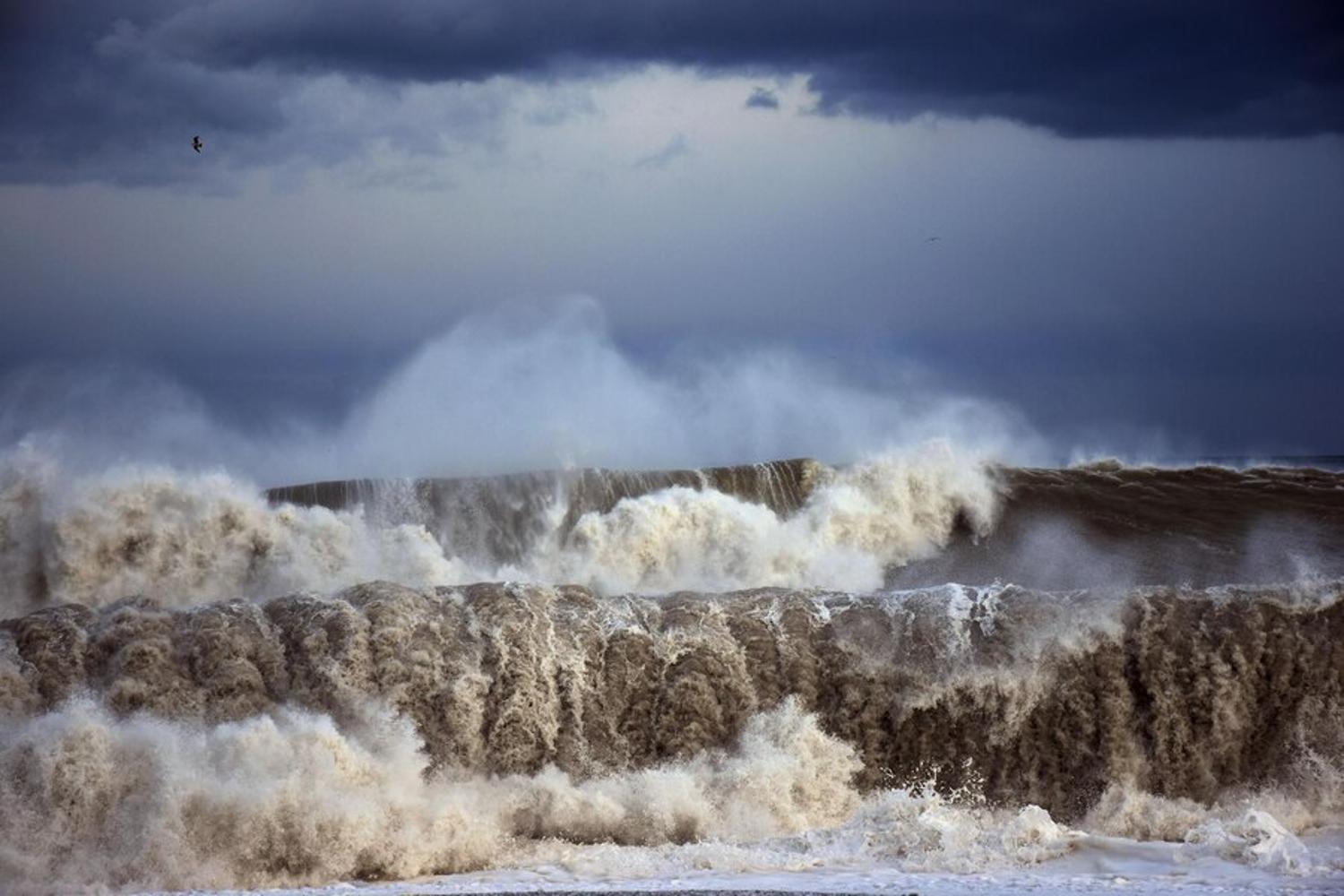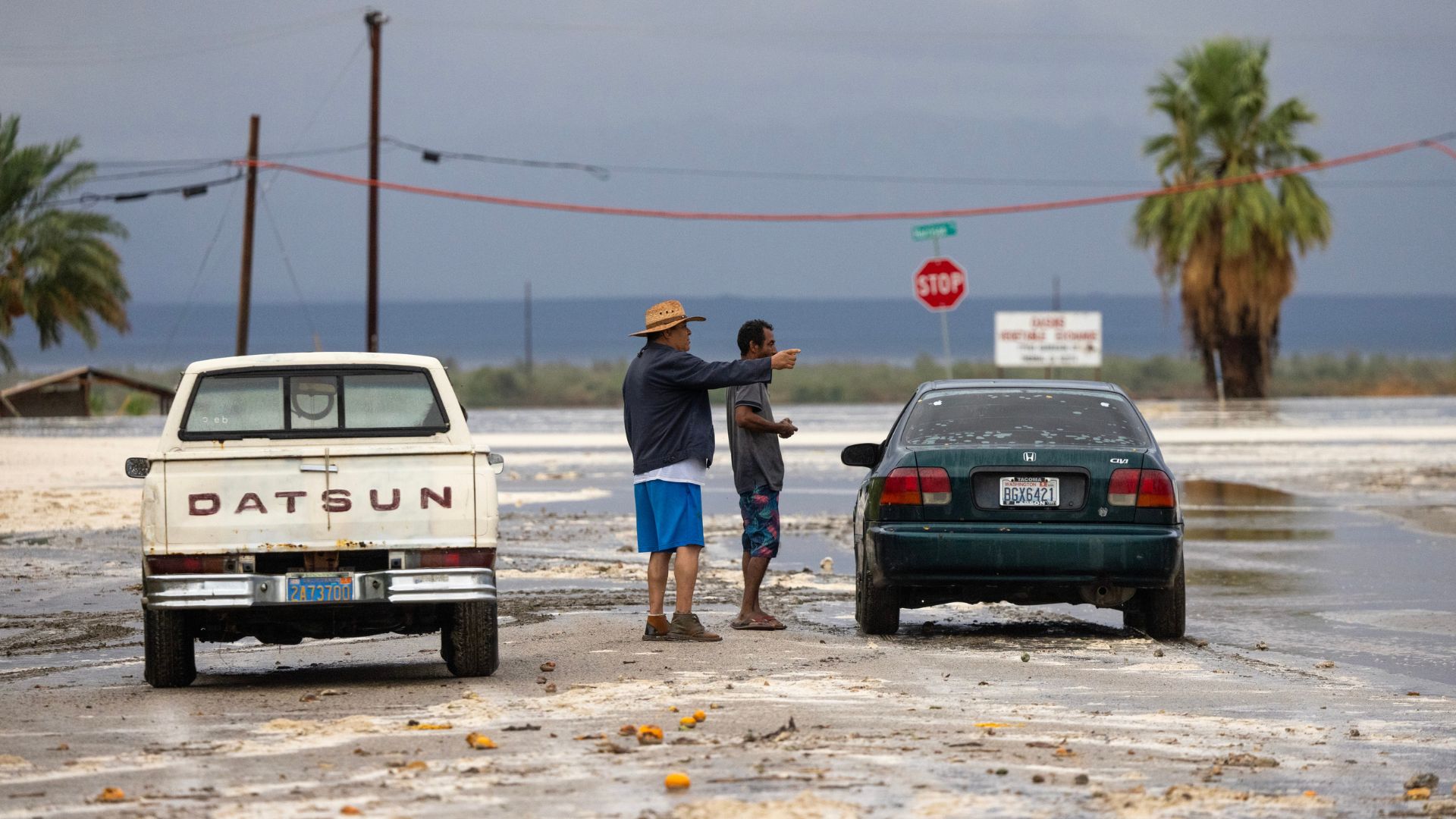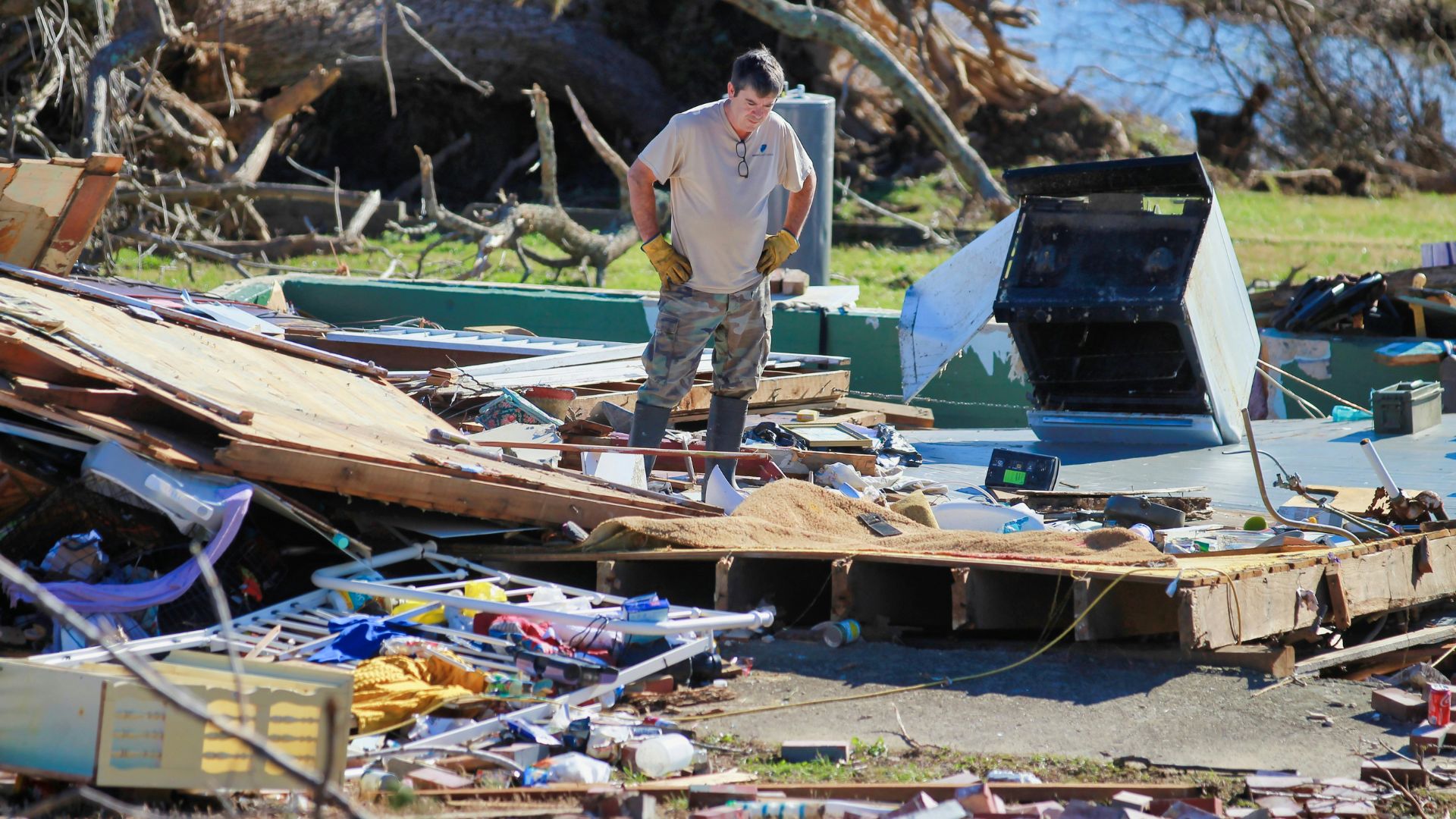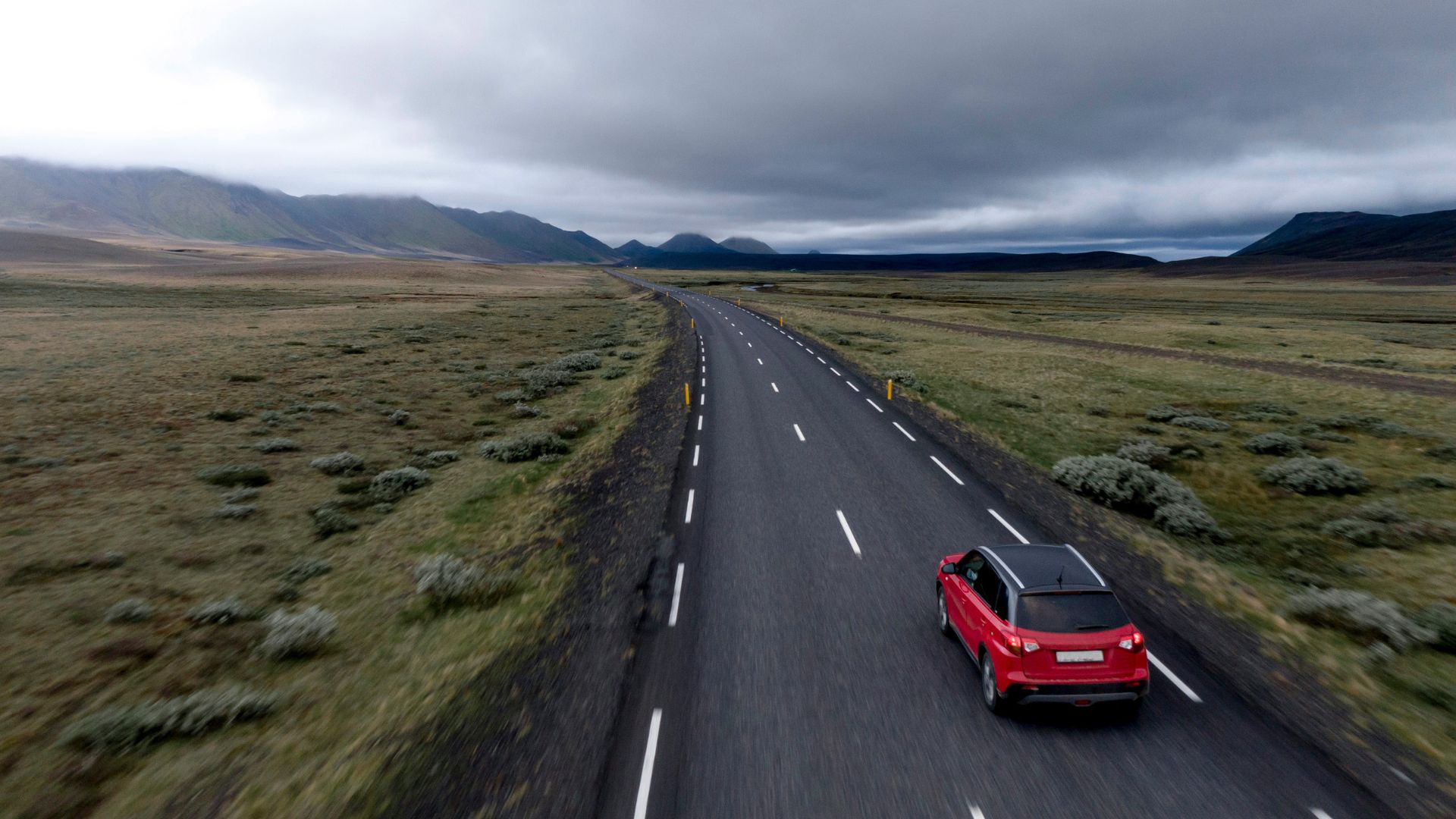A new study published in the peer-reviewed journal Nature Climate Change found that cooling the Earth by half its current rate of warming, instead of all of it, would improve the effects of global warming without altering other weather patterns.
The study contradicts earlier fears that cooling the climate through specific mechanisms would dramatically change rainfall and storm patterns all over the world.
Solar Geoengineering

Solar geoengineering is the practice of removing carbon dioxide from the atmosphere so that it traps less heat and reflects more sunlight away from the planet.
One of the ways that many scientists were at odds was the plan to use stratospheric aerosol injections to mimic the effects of a volcano by pumping gas into the sky and reflecting the sun’s heat. The science and engineering behind climate cooling is a new venture, and the potential side effects are relatively unknown.
What Are the Concerns of the Plan?

Many top officials are concerned that the plume of smoke meant to cool the atmosphere would have a myriad of unintended consequences. The plan to quell global warming is meant to slow down dramatic weather events, not speed them up.
In the case of this study, the researchers proved that using the aerosol injections would not make tropical cyclones worse or more intense. Only a small fraction of the world, about 0.4 percent, would see any climate impacts at all.
Many Scientists are Skeptical

Many climate experts warned the researchers who wrote this paper that cooling the Earth even by half the amount it has warmed by would put an extreme amount of regions at risk.
Skeptics say the aerosol injection method for solar geoengineering is an unproven technology that could have dire consequences for tropical regions that already experience harsh storm seasons.
Harvard Researchers Want More Studies Performed

David Keith, one of the co-authors of the study and a professor at Harvard studying engineering and public policy, said that geoengineering is an up-and-coming technology that deserves more studies to be performed.
“I am not saying we know it works and we should do it now,” he offered. “Indeed, I would absolutely oppose deployment now. There’s still only a little group of people looking at this; there’s lots of uncertainty.” He also remarked that the possibility of the science actually working is worth the risk of studying the side effects as it could substantially reduce climate change in our lifetime.
The United Nations Environment Program on Limiting Climate Change

The findings will be presented this year in Nairobi at the United Nations Environment Program meeting on limiting climate change.
During the conference last year, the U.N. reported that injecting sulphur dioxide into the atmosphere would one day be necessary. However, the initial report also outlined how the method would certainly come with negative consequences for some of the global population’s most vulnerable communities.
Potential Side Effects of Cooling the Planet

The U.N. used a climate modeling project created by Alan Robock, a geophysics professor and researcher at Rutgers University. At the time, Robock’s project did not focus on the negative implications, but since then, he has added a list of 27 reasons why Earth-cooling aerosols might be a bad idea.
To begin with, the technology is so new and experimental that it would cost hundreds of billions of dollars a year and pose serious ethical questions: mainly, which communities don’t deserve to see the sun anymore and which areas deserve to experience worse weather patterns and storms.
Researchers Always Plan for the Worst Case Scenario

One problem with conducting research to create new technology in this industry is that researchers must examine the side effects to determine the worst-case scenario.
In the case of global cooling with aerosol injections, Robock stated that, “We’re not able right now to say whether, if global warming continues, we should ever decide to start spraying this stuff into the stratosphere. Would solar-radiation management, would geoengineering make it more dangerous or less dangerous?”
Many Say the Idea Is Downright Dangerous

Several scientists say that the idea is simply too dangerous to even consider.
However, global temperatures reach record heights every year, and thousands of heat-related deaths occur worldwide.
Other Methods of Cooling the Earth

Currently, one of the main contenders to begin drastically reducing the carbon emissions on Earth and slowly lowering global temperatures is to simply consume less fossil fuels.
For instance, during the Covid-19 pandemic, when the world ceased travel for pleasure, the world saw several unintended side effects on the environment. The lowered emissions also lowered the amount of air pollution and created a concrete link between human activity and climate change.
Ice Sheet Melting a Big Concern

James Hansen, one of the leading climate scientists at Columbia University, says that when the world’s temperature increases by a collective 2 degrees Celsius and ice sheets begin to collapse fully, it will have no choice but to use aerosol injections as a method of cooling.
However, there is a specific point where cooling is simply useless because of widespread disasters and changes in weather patterns. “Unfortunately, because of the inertia of the system, geoengineering then would probably be too late to prevent locking in the eventual loss of coastal cities.”
A Future for the Youth of Today

The science needed to cool the planet might take decades to research properly; however, at a certain point, cooling and reversing the effects of global warming will become unchangeable.
The unfailing truth of the situation is that younger generations could experience severe effects of climate change in their life time. Governments and scientists should be working together now to create a possible solution to the problem.








































